America's black colleges are short on financial resources; they have been since their creation in the late 1800s. However, they are not short on human resources. It is their human resources that have helped them survive over time. Today's proliferation of social media outlets (Facebook, Twitter, LinkedIn, YouTube) requires little financial resources with which to be a full participant. Participation does, however, require human resources.
In August of 2011, the Pew Internet and American Life Project published the results of a survey titled The Digital Revolution and Higher Education. Pew interviewed 1,055 college and university presidents throughout the country and found that not only were these higher education leaders quicker than the general public in terms of their willingness to adopt new technologies (e.g., tablets and smart phones), but over 50 percent of them were active on Facebook and Twitter. In fact, 18 percent of the presidents used Facebook daily. Of note, college presidents in the South were significantly more likely to use Facebook than those on the East Coast (55 percent vs. 38 percent). HBCUs are mainly located in the South.
In the past two years, there have been many books published related to leadership and organizational transformation through social media. Three of the most prominent are The Dragonfly Effect: Quick, Effective and Powerful Ways to Use Social Media (Aaker et al, 2010), Open Leadership: How Social Technology can Transform the Way You Lead (Li, 2010), and The New Social Learning: A Guide to Transforming Organizations Through Social Media (Bingham & Conner, 2010). Many people are talking about the ways that leaders, including college presidents, can use social media to seem more approachable, understand their constituent base more fully, communicate to larger audiences, and help people to understand how their institutions contribute to society and beyond. HBCU president Walter Kimbrough even penned an essay titled, "How One President Uses Social Media."
With all of the attention on social media and the Pew report on college presidents' use of it, I wondered if HBCU presidents, other than Walter Kimbrough (the Hip Hop president of Dillard University) were using social media venues for expression. I found that 14 out of the 105 HBCU presidents use Facebook, and 13 out of the 105 use Twitter. HBCU presidents' use of social media is below the average use for college presidents overall.
There are valid reasons why college presidents do not use social media. Some presidents feel like they will not have the time, other are worried that they will not be able to control the conversation once it starts, still others are concerned about the legal ramifications of a cyber misstep, and finally, there are those that do not believe being active on social media has an impact (for a great overview of the risks and advantages of college presidents using social media, please see Michael Stoner's work).
From my perspective, HBCUs, having limited financial resources but robust human resources, should fully capitalize on social media in all ways possible. Unlike historically white institutions (HWIs), HBCUs are constantly under attack -- their very existence is often called into question. Social media offers the presidents of HBCUs a great opportunity to take control of their destiny and their story. With little time and energy, a president can tell the story of his or her institution on a daily basis, push an agenda, and cultivate the engagement of students and alumni as well as prospective funders. The investment is small but the potential pay off is big. Considering how often posts and tweets are reposted and retweeted, HBCU presidents have the potential to reach far beyond their traditional audience.
As mentioned, Dillard University's Walter Kimbrough is one of the most active users. He not only highlights the work of his institution, but he also posts articles that he thinks his 5,230 'friends' on Facebook might want to read. Kimbrough also blogs, posts videos, and is active on Twitter. Those in the media, policy makers, and funders have taken notice of Kimbrough's presence nationally. Michael Sorrell, president of Paul Quinn College, has used Facebook and Twitter to raise the exposure of his small college in Texas. He uses social media much like Kimbrough. Recently, he used Facebook to garner support for a protest against the city of Dallas, working with his students to put a stop to the city's plan to expand a landfill near the campus. In doing this, Sorrell taught his students about the power of organizing against injustice today but also historically. Most recently, Sorrell took part in a live Twitter chat on the future and relevance of HBCUs with others, drawing attention to his institution and his style of leadership. David Wilson at Morgan State University uses social media to promote his institution's unique contributions to society but also posts about some of the social and cultural activities in which he participates. Allowing people to see the 'human' side of a college president breaks down hierarchal walls between leaders and their constituents and creates a warmer sense of community on campus and within the extended alumni base.
Through the use of social media, HBCU presidents can inspire, educate, listen, communicate, squelch rumors, and stay informed. And, given the power and viral nature of social media as well as the relatively low cost, it is an ideal form of interaction and promotion for HBCUs. Social media, could in fact, elevate HBCUs more fully nationally and bring their impact and accomplishments to a much larger audience of potential supporters.
